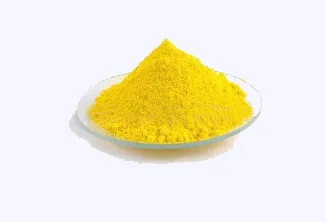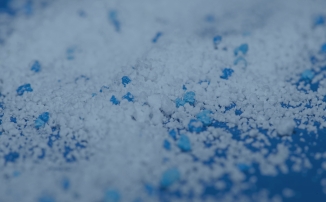
Project objective: to control the REACH authorisation on chromates at national level
The mission of the national authorities for this project: to control that the Authorisation has been officially granted to the company by the European Commission, and that the activity of the company complies with the conditions of the Authorisation granted.
Indeed, once the Authorisation has been granted, it is necessary to be able to demonstrate to national supervisory authorities the compliance of its activity with REACH Authorisation.
Find out how to plan these controls, in our previous article.
During the second wave of national controls conducted between January and October 2016, the national supervisory authorities (DREAL and the DGCCRF in France) had verified the commercialisation and use of substances subject to REACH authorisation. Of the 802 inspections carried out, almost 20% of sites were non-compliant (use and / or commercialisation of a substance without being coverered by an authorisation.
The scope of the 3rd wave of controls being defined
The scope of the project is still being defined, ECHA announced through Sinead McMickan at the Brussels conference recently organized by Chemical Watch. It is not yet known whether it will cover all chromates present in Annex XIV or only those whose sunset date has expired.
The ECHA members in charge of the project will make it public next year.
However, ECHA announced in Brussels that all chromates for which the sunset date had expired would be subject to controls by the national authorities.
This concerns the following 13 substances (detailed below, followed by their sunset date):
- lead chromate, lead sulfochromate yellow and lead chromate molybdate sulfate red � May 2015;
- chromium trioxide � September 2017;
- sodium, potassium and ammonium dichromate � September 2017;
- potassium and sodium chromate � September 2017;
- dichromium tris(chromate) � January 2019;
- strontium chromate � January 2019;
- potassium hydroxyoctaoxodizincatedichromate(1-) � January 2019; et
- pentazinc chromate octahydroxide � January 2019.
Most companies controlled in 2016 were compliant
The results of this first wave of checks at national level are positive: 90% of the companies visited complied with their REACH authorisation obligations.
Project objective: to control the REACH authorisation on chromates at national level
The mission of the national authorities for this project: to control that the Authorisation has been officially granted to the company by the European Commission, and that the activity of the company complies with the conditions of the Authorisation granted.
Indeed, once the Authorisation has been granted, it is necessary to be able to demonstrate to national supervisory authorities the compliance of its activity with REACH Authorisation.
Find out how to plan these controls, in our previous article.
During the second wave of national controls conducted between January and October 2016, the national supervisory authorities (DREAL and the DGCCRF in France) had verified the commercialisation and use of substances subject to REACH authorisation. Of the 802 inspections carried out, almost 20% of sites were non-compliant (use and / or commercialisation of a substance without being coverered by an authorisation.
The scope of the 3rd wave of controls being defined
The scope of the project is still being defined, ECHA announced through Sinead McMickan at the Brussels conference recently organized by Chemical Watch. It is not yet known whether it will cover all chromates present in Annex XIV or only those whose sunset date has expired.
The ECHA members in charge of the project will make it public next year.
However, ECHA announced in Brussels that all chromates for which the sunset date had expired would be subject to controls by the national authorities.
This concerns the following 13 substances (detailed below, followed by their sunset date):
- lead chromate, lead sulfochromate yellow and lead chromate molybdate sulfate red � May 2015;
- chromium trioxide � September 2017;
- sodium, potassium and ammonium dichromate � September 2017;
- potassium and sodium chromate � September 2017;
- dichromium tris(chromate) � January 2019;
- strontium chromate � January 2019;
- potassium hydroxyoctaoxodizincatedichromate(1-) � January 2019; et
- pentazinc chromate octahydroxide � January 2019.
Most companies controlled in 2016 were compliant
The results of this first wave of checks at national level are positive: 90% of the companies visited complied with their REACH authorisation obligations.







